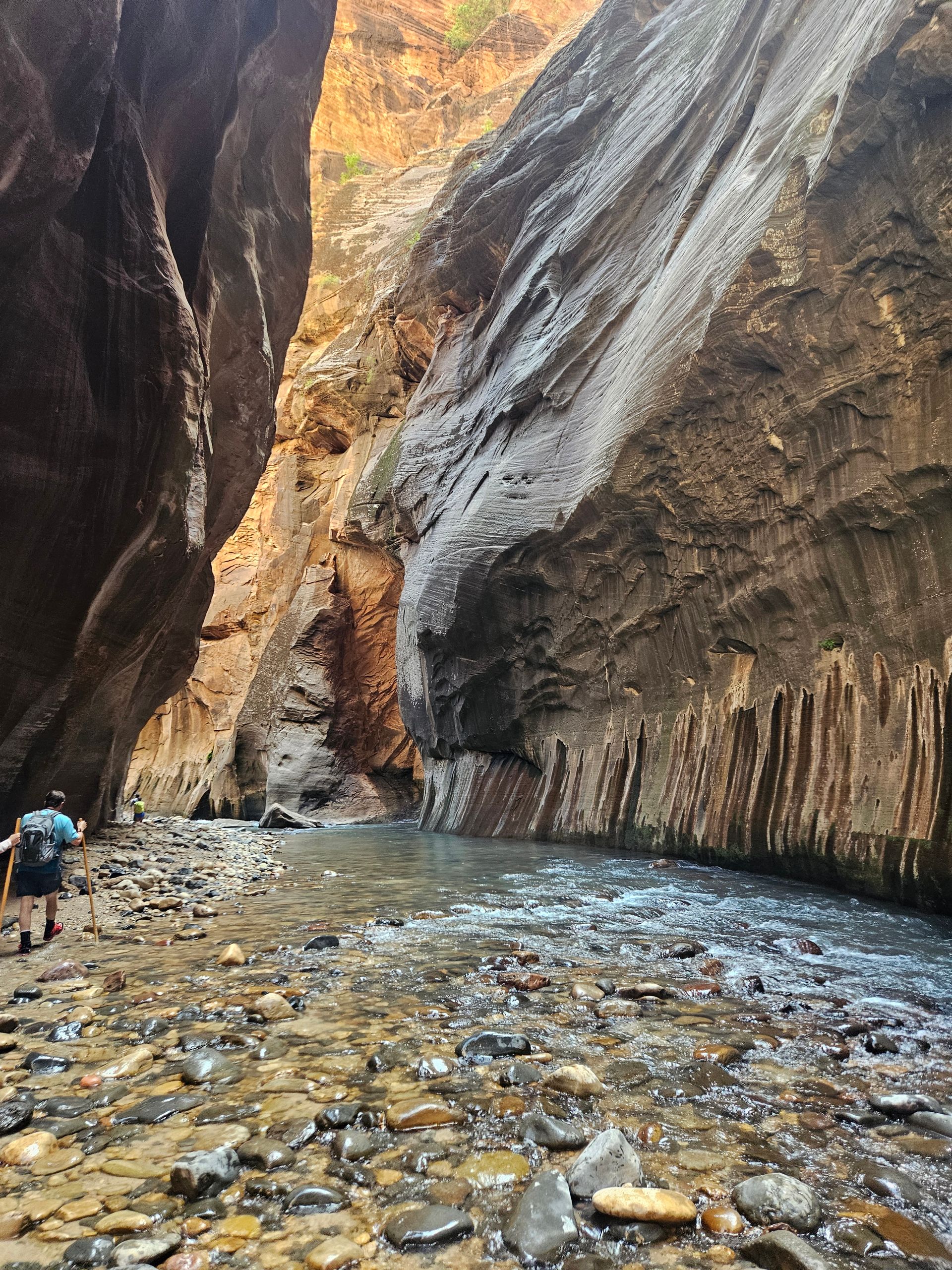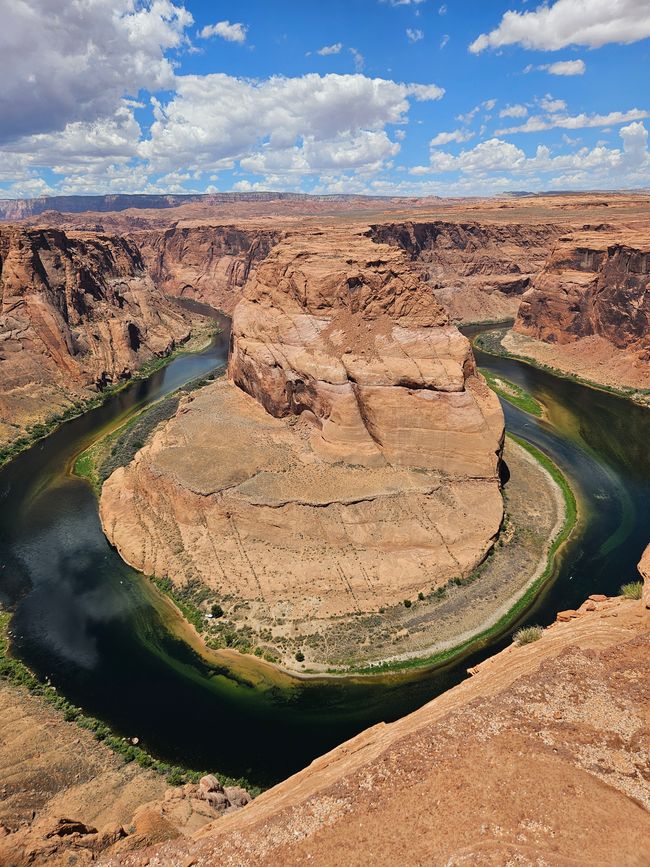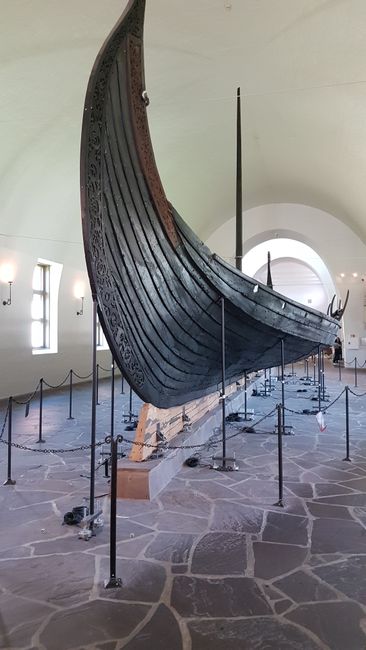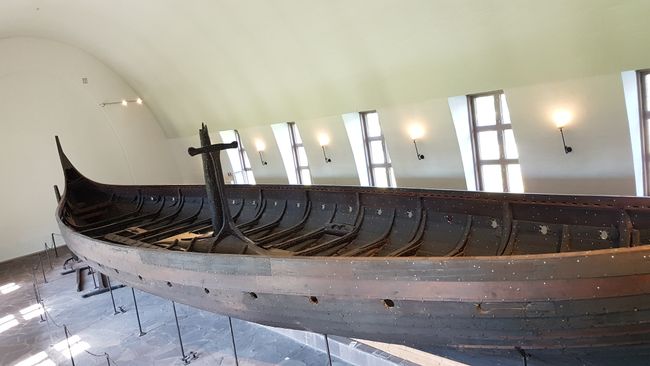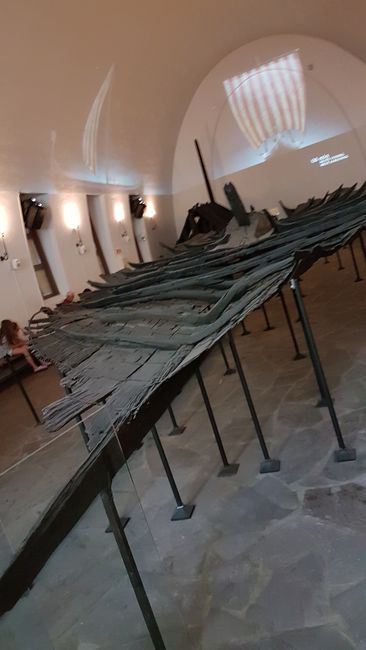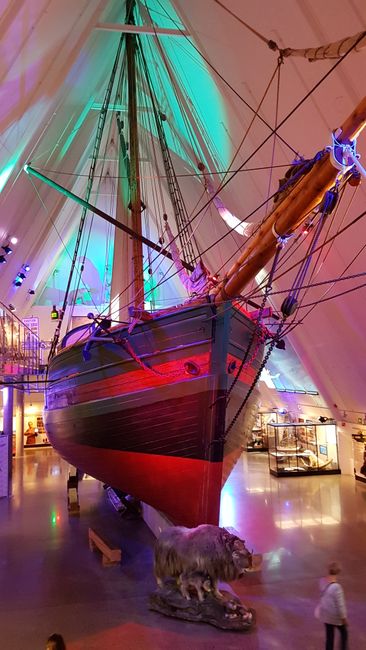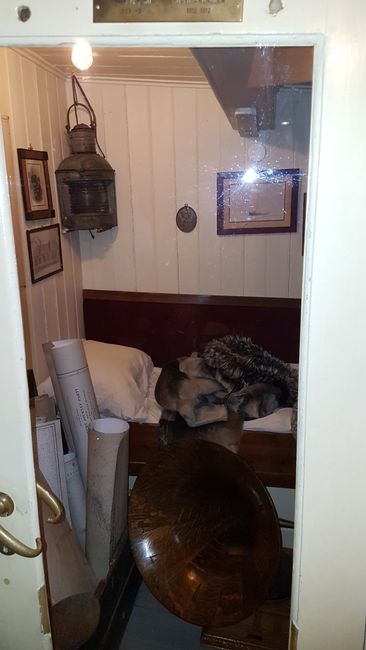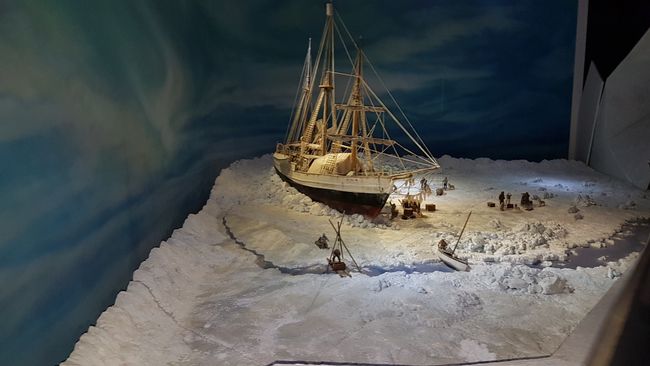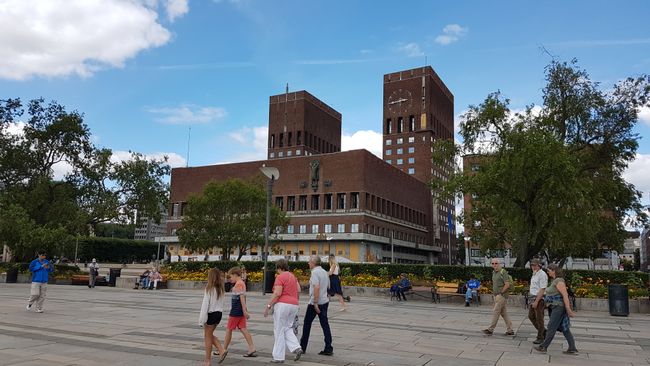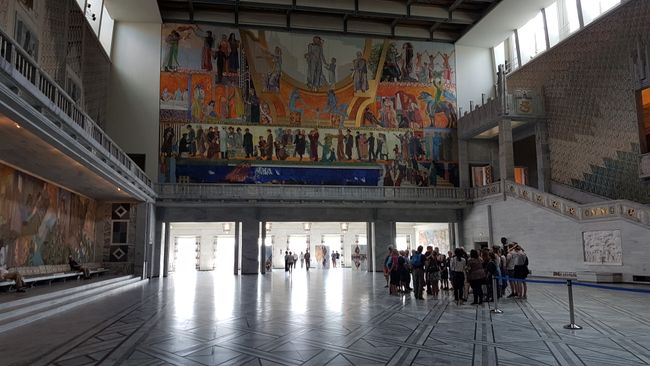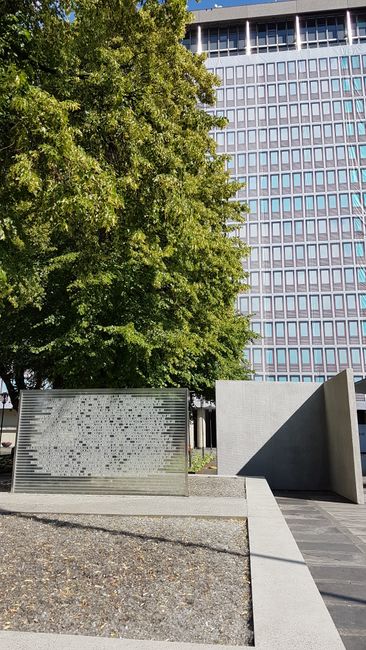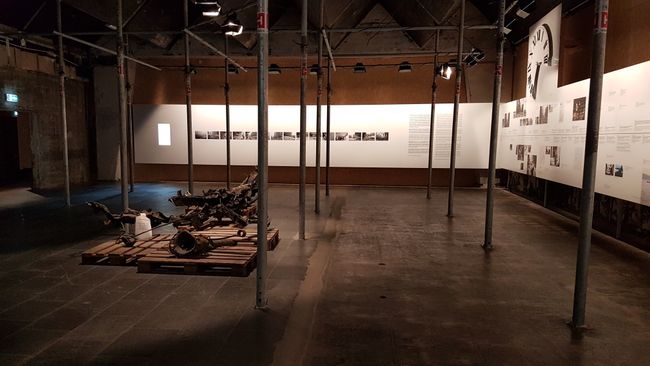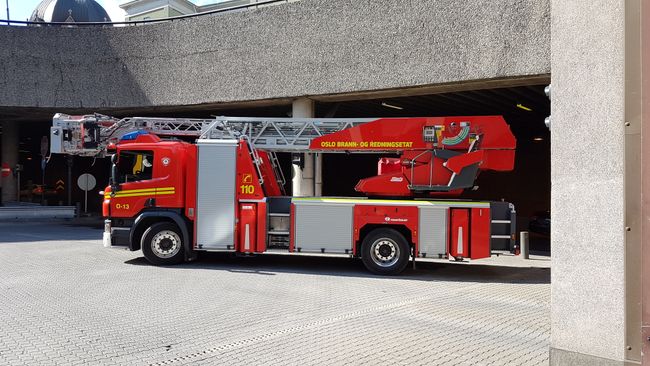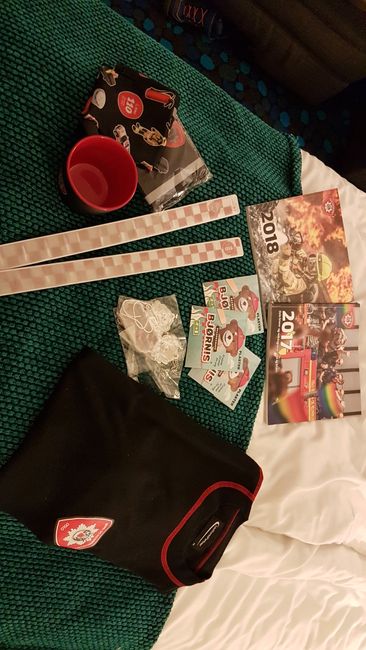Day 5: Oslo
Опубликовано: 10.07.2019
Подписаться на новостную рассылку
We start our day with a hearty breakfast of fresh juices, fruits, and eggs. Then we walk a few meters to the harbor and board a small boat to the museum island of Bygdøy. Here, there are many different museums to choose from. We visit 2 of them. First, we visit the Viking Ship Museum. Here, the precious treasures from the Viking Age are on display. It showcases well-preserved Viking ships that sailed the oceans and then became the final resting place of their wealthy owners. The three ships, built between 820 and 900, form the main exhibition. A reconstruction of the ships was done after the excavation. The Vikings buried their leaders with many offerings such as animals, treasures, furniture, etc. along with the ship in a huge pit and a mound was built on top. The mast was sometimes visible. The clay preserved the wood, so large parts of the boats were preserved. With the help of an audio guide, we learn a lot about the Vikings. There is also a video presentation on the walls that further illustrates the way of life. The exhibits are housed in a church-like building arranged in the shape of a cross. The museum is very impressive and we spend almost 2 hours there.
After a lunch break, we walk to the second museum - the Fram. The Fram is a ship completed in 1892 and was used by Norwegian polar explorers from 1893 to 1912. The Fram was designed to be able to drift in pack ice without being damaged under the enormous pressure of the ice. The ship was well-insulated to withstand the low temperatures in the polar regions. No wooden ship had ever sailed at higher latitudes than the Fram, neither in the south nor in the north. Roald Amundsen became the first person to reach the South Pole on December 14, 1911, with this ship. The museum consists of two ships (Fram and Gjøa) in different buildings. Outdoor and indoor visits are possible. We get a good insight into the daily structure and the time of the expeditions. A film shows us the various explorations at the North and South Poles in chronological order. Both museums are well-built and clearly designed. We take the ferry back to the harbor.
Upon recommendation, we visit the City Hall. The building was completed in 1950 and inside there are large wall paintings that depict Norwegian culture and history. The most important event of the City Hall is the annual Nobel Peace Prize ceremony. We have a 15-minute guided tour of the grand hall.
Our hotel is nearby so we take a short rest and continue the last part of our tour. In the government district, there is another museum - the 22nd of July Center. It was the site of the Oslo bombing on July 22nd. We see the building and a small exhibition about the events surrounding the Oslo bombing and the Utøya Island attack. The museum is closing soon and some areas, like a film, are not suitable for children, so we only take a quick look. Nevertheless, it leaves an impression on us.
Nearby is a fire station and we try our luck. We get a detailed tour, see the fire trucks, and learn about the work. In the end, we receive gifts like t-shirts, scarves for the kids, a mug, and reports. We have never experienced something like this before. This kindness impresses us. Now it's time to say goodbye and head back to the hotel. We have dinner and rest after a tiring day.
Подписаться на новостную рассылку
Отвечать (1)
Regina
Sehr interessant, das werden wir uns mal auch anschauen. 